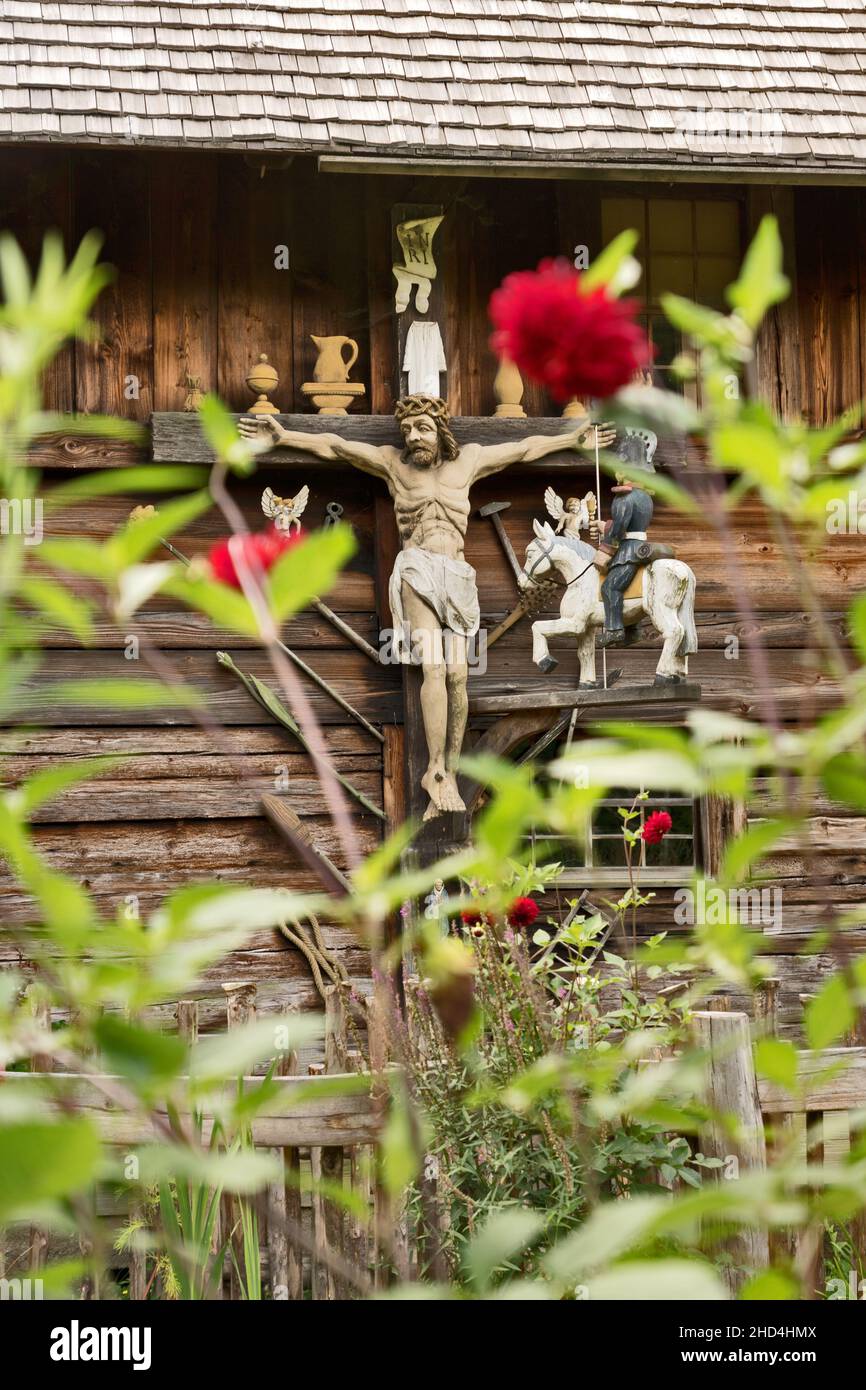



In one, a mechanical saw chops away at logs a half-meter in circumference. In between the larger farmhouses are a smattering of outposts dedicated to the very particular tasks involved in self-sufficient living before the Industrial Revolution. Visitors can read plaques explaining antiquated cooking methods or loom weaving techniques while learning about the harshness of life in the remote forests.ĭemonstrations from before the industrial revolution Inside, small displays give insight into life in the Black Forest villages from the 16th to 19th centuries. Vistiors to the Vogtsbauernhof outdoor museum can learn to make schnapps - the old-fashioned way Image: Karl SchlessmannĮach building has its own unique characteristics and brief explanations about its significance in the village it was removed from. Stepping inside one, visitors can learn about 17th-century life in a self-sufficient farmhouse, where wood-burning stoves in the kitchen served as the main source of heat and offered protection against the harsh winters outside, while also providing sustenance.įrom outside, the thatched-roof building appears large and is nearly barn-like in its size the narrow staircases and low ceilings inside reveal, however, how claustrophobic life with an extended family here must have been. Originally conceived as a museum dedicated to the agriculture and farming communities in the thick forests of Germany's hilly Southwest, the museum cropped up as an assembly of old, historical buildings relocated from nearby villages.

The Vogtsbauernhof Open Air Museum in Gutach tries to capture those differences in villages as it provides a glimpse into pre-20th-century life in the region. Yet outside of the more modern towns, architecture was more pragmatic in nature as the thick forests that give the Black Forest its name also meant villages were relatively cut off from the outside world and residents there needed to be self-sustaining. It's a look often associated with Germany: slant-roofed houses with wooden beams and expansive balconies, red geraniums tumbling from railings onto the housing facades. In the lake district south of Freiburg, architectural standards for new buildings not only have a height constraint but also demand the use of timber framing. In the larger cities, the aesthetics are homogenous.īaden-Baden in the northwestern - or High Black Forest - area is famous for its 19th-century French-style villas with filigreed balconies and pastel hues. Many of the stereotypes we associate as archetypically German are, in reality, native to the Black Forest area - like the cuckoo clock and the cherry liquor-infused Black Forest cake.īordering both Switzerland and France, the Black Forest region doesn't have an all-encompassing identity, however, having been influenced not only by the styles and mores of its border countries but also by the practicalities of life in the region. Futhermore, the Christmas Market is framed by concerts, programs for children and lectures/readings.Located in Germany's southwestern most corner, the Black Forest is an expansive area rich in tradition. Each winter, at the third advent weekend, there is a huge Christmas market on the museum’s ground where various craftsmen offer handmade products and regional specialities.
BLACK FOREST OPEN AIR MUSEUM PLUS
Additionally, visitors are invited to the numerous traditional events ranging from the special day for traditional costumes to the “Schlachtfest” (traditional end-of-season feast), plus every year a new special exhibition on cultural history in the Black Forest.
BLACK FOREST OPEN AIR MUSEUM FREE
The museum presents the many different faces of life in the Black Forest: its architecture, traditions, customs and trades, and the way people lived and farmed throughout the ages.įounded as a museum of architecture over 40 years ago, today visiting the “Vogtsbauernhof Museum” also means to experience living history directly: throughout the whole season the visitors find traditional breeds of domestic animals in stables or out at feed, smell the smoke in old “Black Kitchens”, witness old handcrafts and mills in action, participate in free guided tours and take part in one of the many hands-on activities. As well as six fully-furnished farmhouses from different parts of the Black Forest, the visitors will find a labourer’s cottage and about 15 outbuildings, such as mills, sawmills, storehouses, a distillery and a chapel, fields, kitchen gardens and a herb garden. Visitors will find out how people lived and worked in Black Forest farmhouses during the last 400 years. In the Black Forest Open Air Museum Vogtsbauernhof the Black Forest culture and history come to life.


 0 kommentar(er)
0 kommentar(er)
